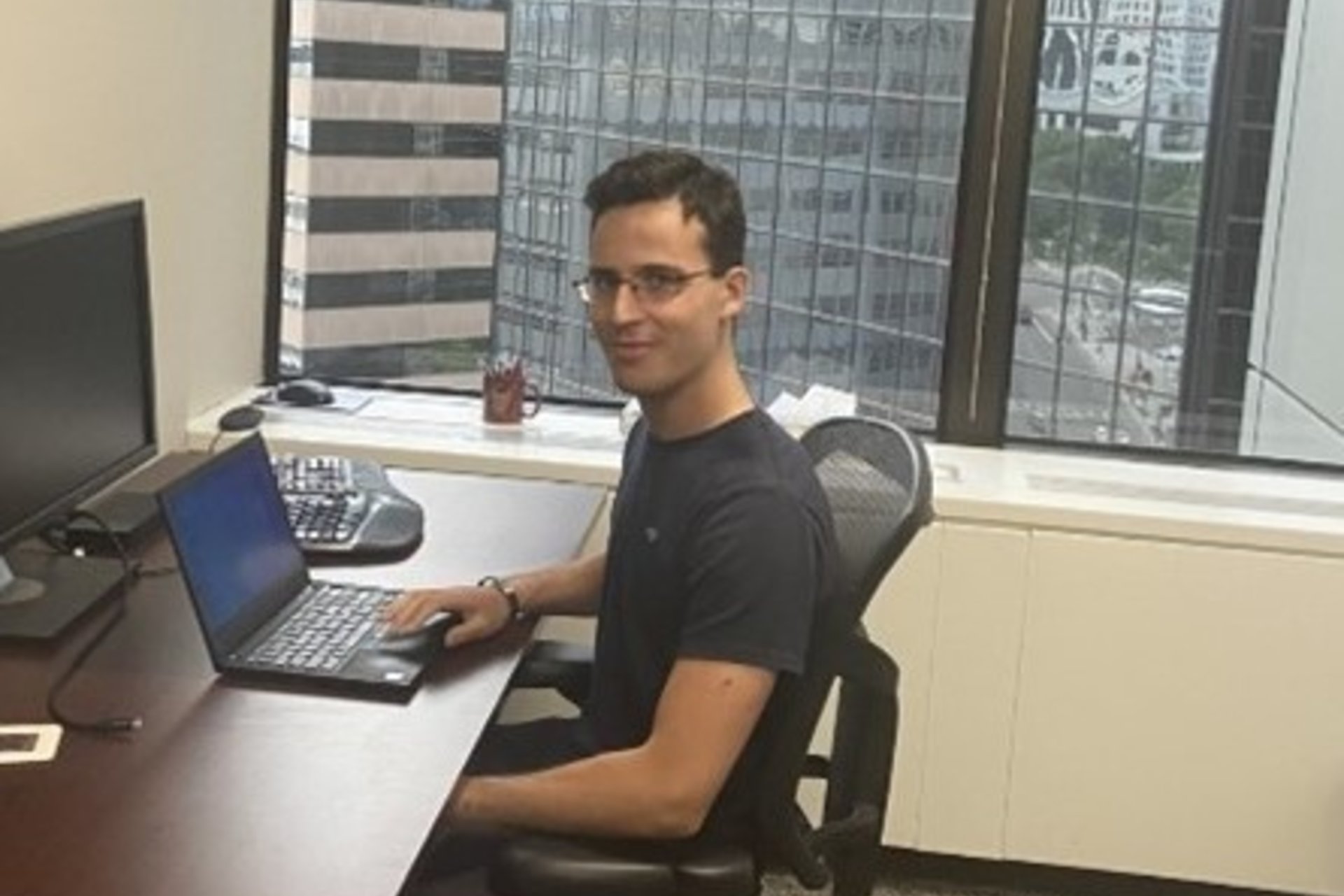Long-Term Planning for the Power Sector with Climate Change in Mind
Evan Savage, MS ‘23, Civil & Environmental Engineering, Atmosphere/Energy Program
Graduate Fellow
Western Interstate Energy Board

This summer I am working at the Western Interstate Energy Board (WIEB) in Denver, Colorado. WIEB plays a wide variety of roles in the western interconnection, from advising the Western Electricity Coordinating Council (WECC) to supporting the development of a multi-state energy imbalance market to holding regular meetings between state regulators and energy office officials.
With climate change an ever-increasing risk to the electric grid, Jake Hofgard, the undergraduate fellow at WIEB, and I have been exploring the impact of temperature and precipitation trends in the west on the power grid. We began our research by studying more than 50 years of daily temperature and precipitation data from 20 western cities. As expected, we found increasing temperatures across the board, and increasing frequency of weather anomalies.

Temperature plays a huge role in determining the demand the electric grid must serve, and extreme weather events can cause demand spikes and decrease the output of hydroelectric and thermal generators (like nuclear, coal, and natural gas). To better inform our recommendations to policymakers on how to best consider climate trends in long-term planning, I conducted a review of Integrated Resource Plans (IRPs) from major utilities in the west, and Jake and I spoke with load forecasters across the industry. While we found that some utilities are using state-of-the-art climate modeling to inform load forecasts, some have room for improvement in their incorporation of climate change into long-term plans.
The last few weeks, I have been focused on how to model climate uncertainty in long-term planning. I am using an open-source tool called Rhodium that explores uncertainties in hundreds of future states of the world. The figure (left) shows an initial output of Rhodium, exploring how peak-producing seasonal temperatures in two different years relate to different levels of extreme weather events. Jake and I will present our work in two weeks to WIEB board members and other western stakeholders and make recommendations for how to best incorporate weather data into the planning process given a changing climate.
I work partially in person, splitting my time between my apartment in Denver and their downtown office. I’ve enjoyed working with the whole WIEB staff and hearing about all the amazing projects they are working on. Working at WIEB has had a very positive impact on my career. Getting to sit in on meetings with state regulators and policymakers has helped me understand the key issues they face, and how to collaborate and develop consensus despite sometimes differing politics and policy goals. I’ve also had the chance to see the impact that public sector work can have on the future of energy, and the important role of regional organizations in developing goals beyond the border of just one state. And I’ve had a great time being back in my home state of Colorado and getting to explore the mountains every weekend! I’ve visited some new places, hiked some new mountains, and had a great time living in a new city.



